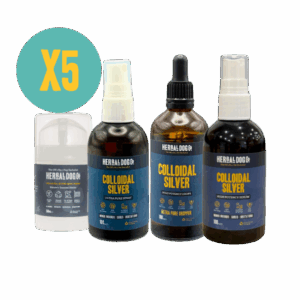Yeast is a normal part of a dog’s skin in low numbers but, if there’s an excessive amount of yeast present in a particular area, this will lead to the area becoming infected. Yeast infections in dogs are common and can occur anywhere, so there’s often not anything to be too concerned about if you notice any signs of a yeast infection beginning to appear. Yeast infections are more common in certain dog breeds, such as Boxers and Poodles, and especially those with more skin folds – so this may be worth remembering.
It’s also important to note that a yeast infection is usually a secondary problem, meaning that there’s another issue weakening the skin’s defence so that yeast grows in a much higher number than it normally would. Symptoms of a yeast infection include red, itchy skin, discolouration, and a sweet, musty odour.
Dealing with a yeast infection in your dog’s paws
If a yeast infection is present in the paws (one of the most common areas), the paws will become red and itchy, and there may even be a brown discharge present in the nail beds. Dogs with a yeast infection in their paws may lick their paws more than normal, and hair loss may occur as a result. There is an abundance of ways to treat your dog’s paws and get them back to normal, including antifungal wipes, creams, sprays, and shampoos. Antifungal medication can be used in more severe cases, so if your dog has had a yeast infection in its paws for a while or it seems to be getting worse, contacting the vet could be wise.
Preventing further yeast infections
In order to prevent further yeast infections in your dog’s paws, ensure routine bathing with our natural yeast shampoo once a week with a daily spoon of our yeast powder. This should keep any issues at bay.


